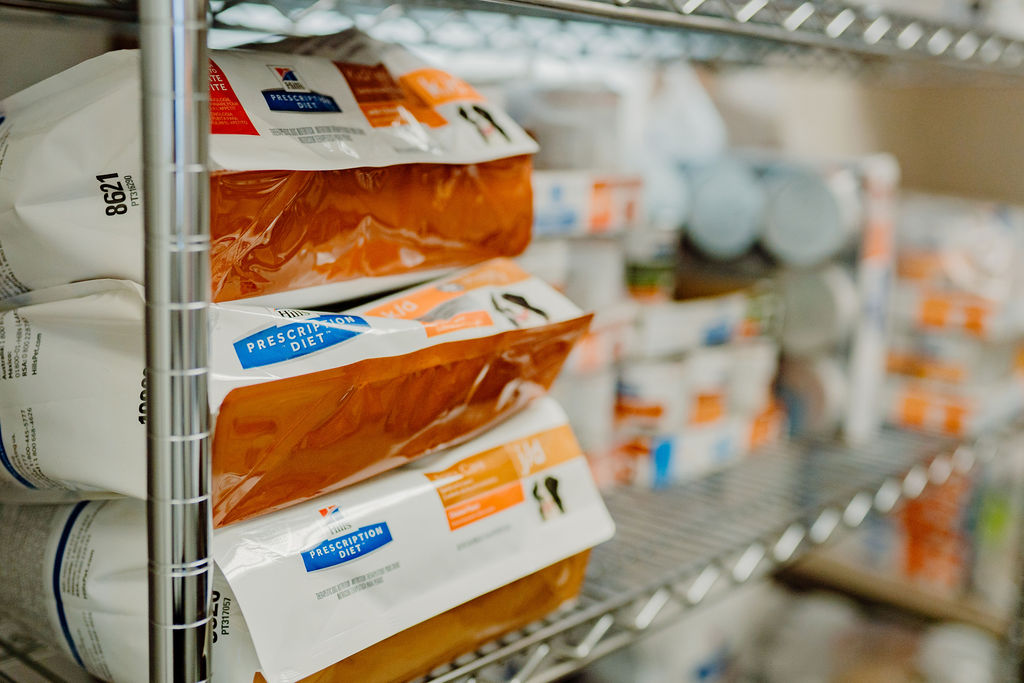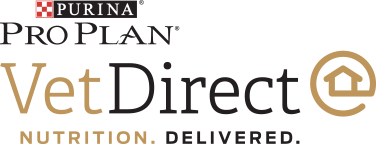Nutrition
Feeding Frequency
Feed your pet twice daily, away from the table, and do not permit excessive snacking during the day. Measure the amount that is fed with a measuring cup and offer the same amount each day. Initially offer the amount recommended on the bag for your pet’s weight if your pet receives two or more 30 minutes exercise opportunities each day and is a normal weight. If they exercise less, feed them less but never drop the amount you are feeding more than 10% below the amount recommended for their weight. Doing so could cause malnutrition. Feeding this way will reduce the risk of excessive begging and food guarding. Hand-feeding is a great way to train young pets or pets who are new to the house and help them understand their place in the household. It can also help young members of the family create a relationship with that pet.
Raw & Home Cooked Diets
Raw diets are not recommended by veterinarians or human doctors.
If you are thinking about feeding a raw diet, please know they can be difficult to manage and present health risks to your two and four-legged housemates. Raw diets require additional time and expense compared to traditional feeding. due to the need to balance the diet, prepare the food, and clean and sanitize the surfaces the food touches. Strict sanitization can reduce the risk of gastrointestinal disease in pets and their family members. Immunocompromised individuals should carefully consider the risks of feeding their pet a raw meat diet and should also discuss these risks with their own physicians. Research indicates that raw food diets can be associated with gastrointestinal disease, including infection, obstruction, and laceration of the gastrointestinal tract. Be prepared to manage these complications, should they occur. If your pet develops vomiting or diarrhea, your pet will need to be evaluated by your vet promptly and be ready for early diagnostic testing.

Home-cooked diets should be considered carefully.
Creating your pet’s diet isn’t as easy as it sounds. It takes work to create a balanced diet for your dog. Dogs fed home-cooked diets and table scraps have a higher risk of developing malnutrition. If you want to prepare your pet’s food at home, consult a veterinary nutritionist for guidance or, if your pet is healthy, consult the website BalanceIT. Know, that of owners who received a recipe specific to their pet’s needs only 13% continued to follow it adequately over time. This tendency, called dietary drift, can lead to malnutrition over time. Be wary of online sites, studies have shown most recipes found online do not contain the recommended amount of vitamin D and Calcium.
Free Feeding
Offering unlimited food can cause obesity. 60% of American pets are overweight or obese and only 10% of their owners realize it. Feed your pet a measured amount of food 1 – 2 x daily. Animals who are free-fed are more likely to develop obesity and the diseases associated with it (joint pain, diabetes, etc). Food that is left out all day can attract insects and rodents, especially ants. Leaving food out all day prevents owners from noting subtle changes in appetite that can be an early indicator of disease.
Do you have a feeding plan?
Nutrition is a cornerstone of long-term health. Choosing to feed an appropriate amount of a high-quality diet can add years to your pet’s life. For most pets, a name-brand, dry or canned dog food should be fed twice daily in measured amounts. Feeding the right amount of food is very important as preventing obesity in pets can add years to their life. Your veterinarian can help advise you about appropriate diets and how much to feed your pet.



